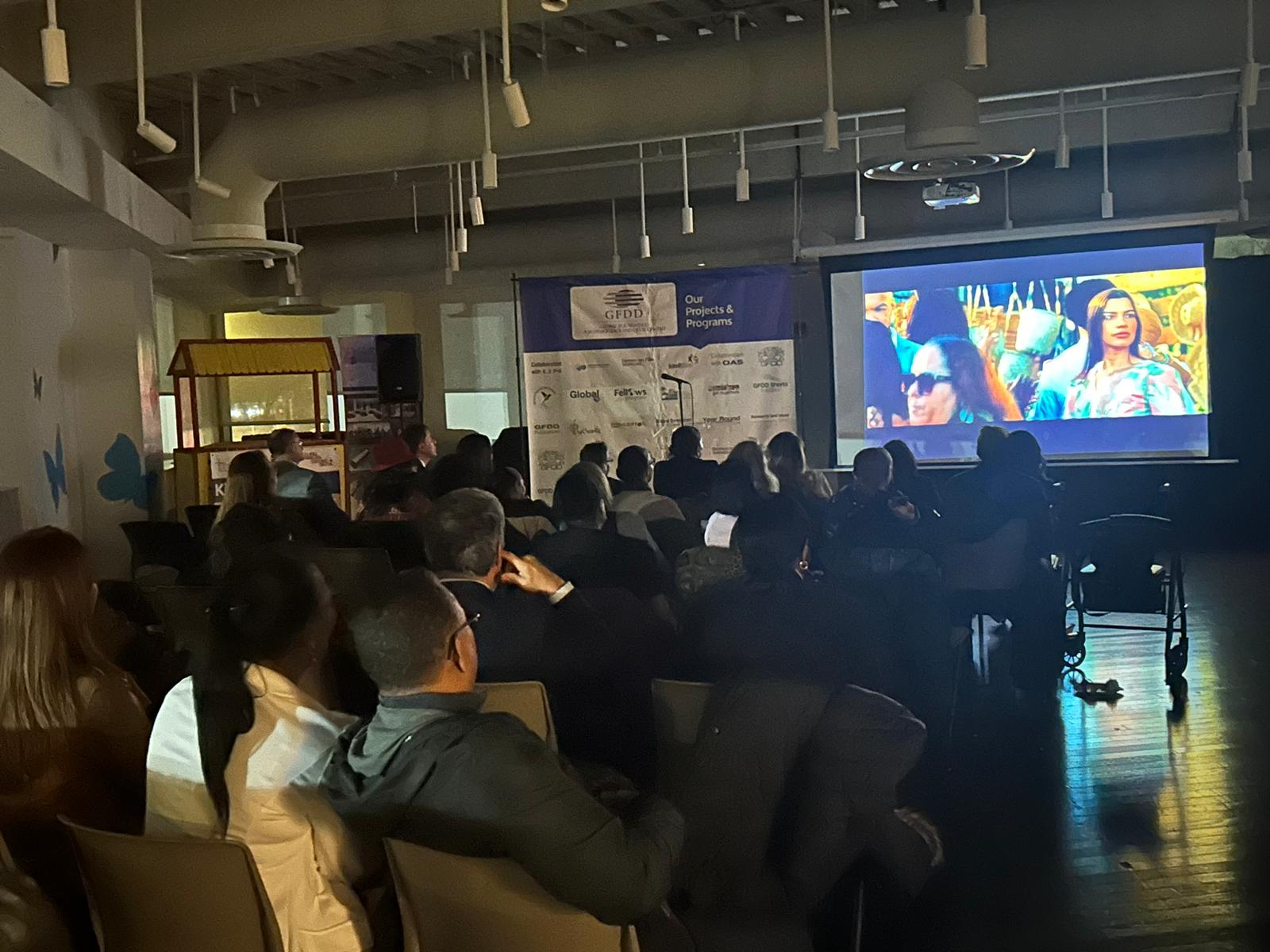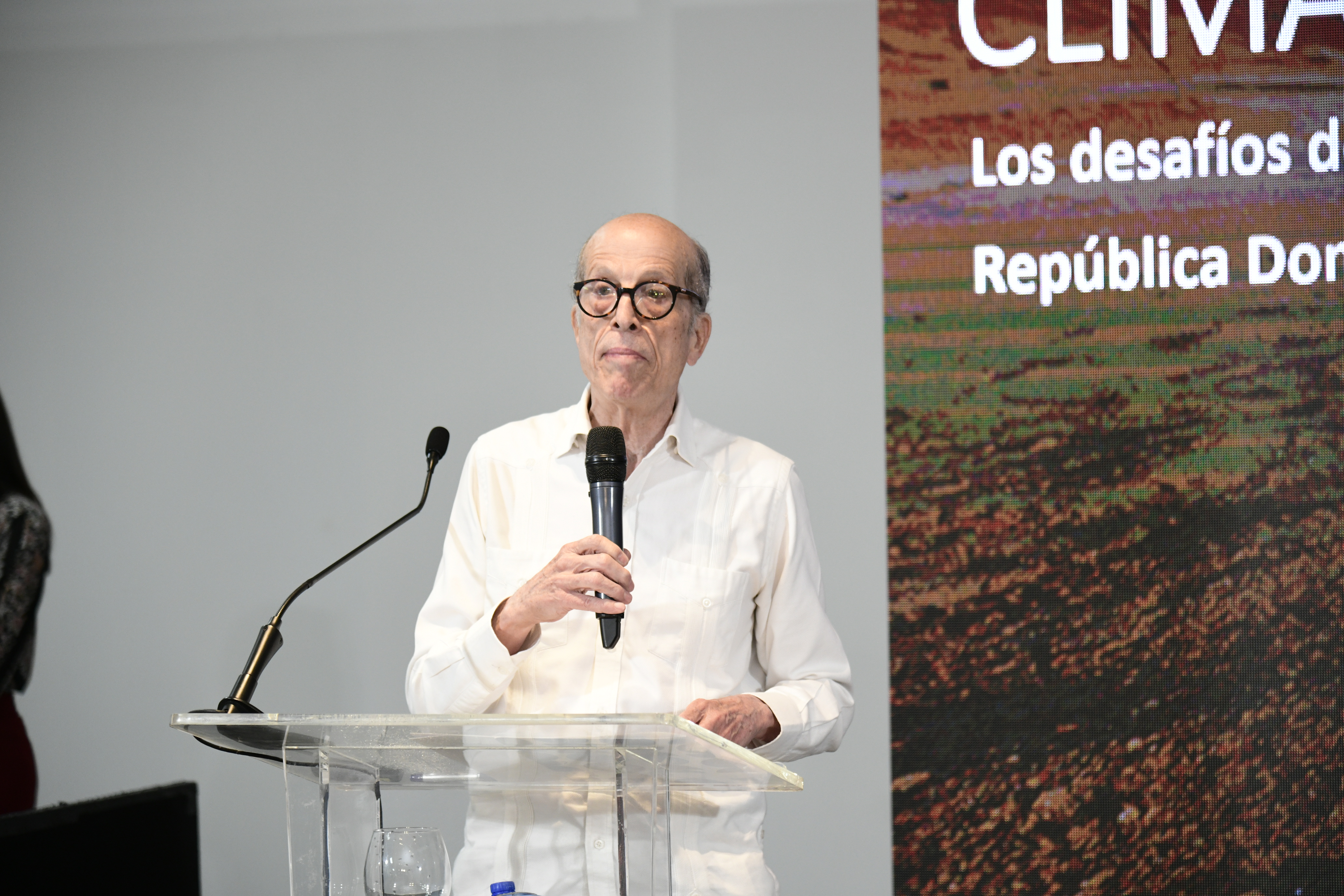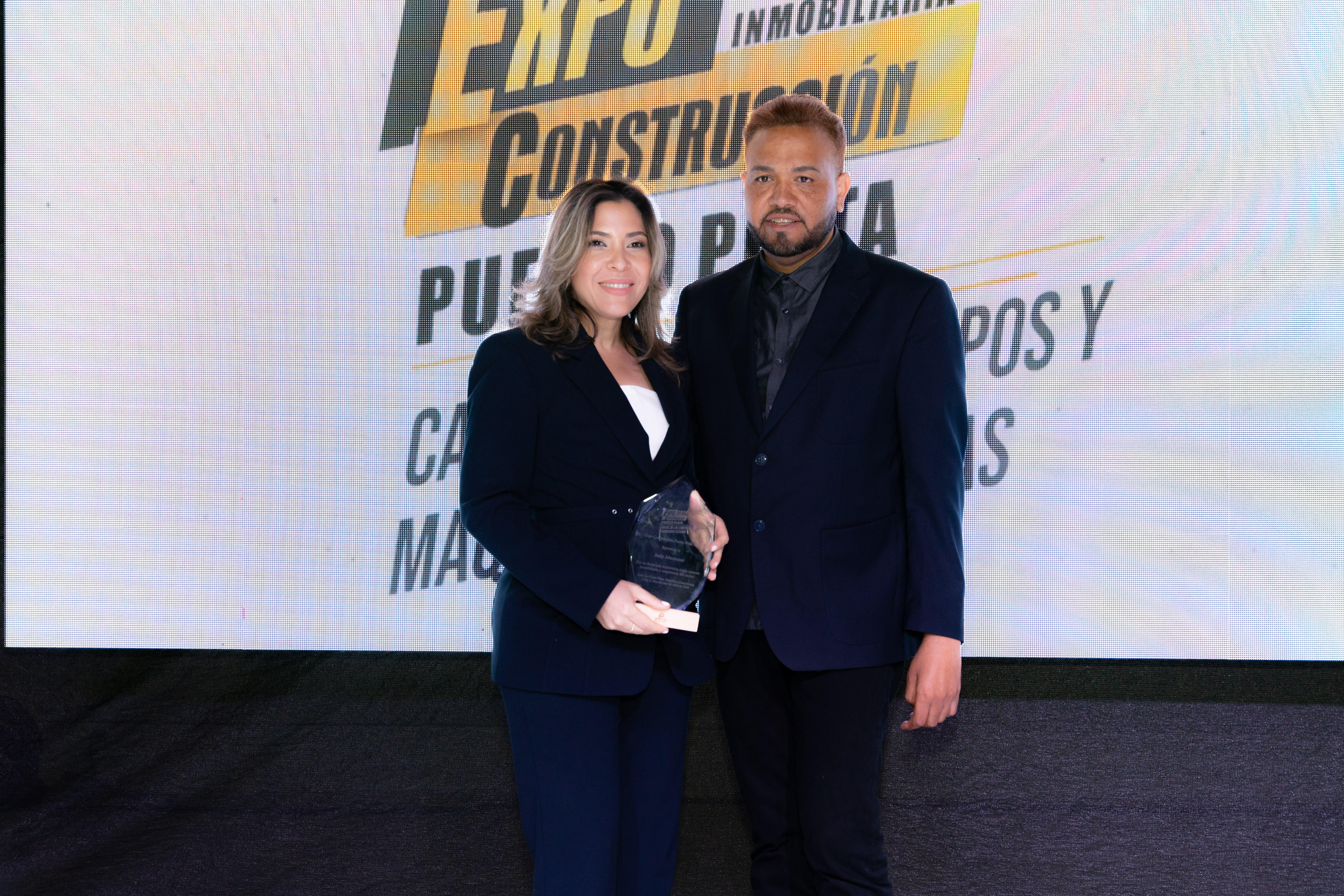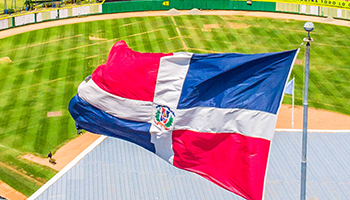Chinatown in Santo Domingo: An Example of Cultural and Racial Coexistence
 | Chinatown in Santo Domingo: An Example of Cultural and Racial Coexistence
Santo Domingo’s Chinatown is an enormous project promoted by the Flower for Everyone Foundation. The ambitious plan was put into action thanks to the cooperation of various public and private institutions and organizations. An idea that was formed more than ten years ago began to take form in 2005. Now it has become a new tourism attraction and a focus for many investors, explains Rosa Ng Báez, Executive Director for the Flower for Everyone Foundation and the motor behind the Chinatown initiative. Ms. Ng Báez is a third generation member of the Chinese community in the Dominican Republican. Rosa NG talked about the huge effort it took to clean up the area that is now Chinatown. She said many of the abandoned houses were run down and being used as refuge for poor people then later were taken over by drug dealers, prostitutes and criminals. The Chinatown project includes several important plazas such as the Chinese Zodiac and Confucius Square which are surrounded by six traffic islands with plants and shrubbery characteristic of China… At the moment there are nearly 50 businesses being run by Chinese people that include jewelry stores, supermarkets, travel agencies, meeting places and the Chinese Masonic Center. Following the inauguration of Chinatown, the number of businesses is sure to grow.The Chinatown project includes several important plazas such as the Chinese Zodiac and Confucius Square which are surrounded by six traffic islands with plants and shrubbery characteristic of China. In Confucius Square there stands a monument in honor of the Chinese philosopher. The monument includes a sculpture built atop a stone base ornamented with dragons and peacocks; information in Spanish and Chinese is etched onto the base of the sculpture. In Chinese Zodiac Plaza a three-meter-tall sculpture of the Goddess of Mercy has been erected along with 12 other Zodiac statues represented by human figures with animal heads. “The history of Chinese immigration is depicted on finely engraved sculptures in marble. They describe the colloquial situations that decorate the Southern Gate (Portón del Sur) where the symbolic figure of the Chinese Immigrant steps onto Chinese Duarte Avenue with other bronze statues that represent ancient Chinese social classes, gods and theater personalities,” explained the Flower for Everyone Foundation director. The development and creation of Chinatown brought together a collection of talented, Chinese and Dominican, architects, landscape artists, designers and sculptors. All of the sculpture was made in China with the most valuable carved from Carrara marble. Other statues and sculptures were made from a base of bronze and steel alloy. “The history of Chinese immigration is depicted on finely engraved sculptures in marble. They describe the colloquial situations that decorate the Southern Gate (Portón del Sur)…” Now that Chinatown has been inaugurated, the Flower for Everyone Foundation hopes to build an Institute dedicated to Confucius to disseminate his philosophy and teachings. The foundation is also planning to build a Chinese clinic, Asian art museum and a theater.More information: www.barriochinosantodomingo.org | |
| Date of Publication: April 22, 2008 |

Related News
-

The Dominican Film Showcase Celebrates the Presentation of "Colao 2"
-

(Versión en español) Inauguración de la XII Feria Semana de la Geografía 2024
-

(Versión en español) Sector construcción dominicano reunido este fin de semana en la IV Expo Construcción Puerto Plata
-

(Versión en español) Médico Express será pionero en RD con certificación de excelencia para turismo médico
-

Dominicanos en Grandes Ligas
Las ultimas noticias/novedades de lo que acontece con los Dominicanos en las Grandes Ligas durante toda la temporada 2019.


